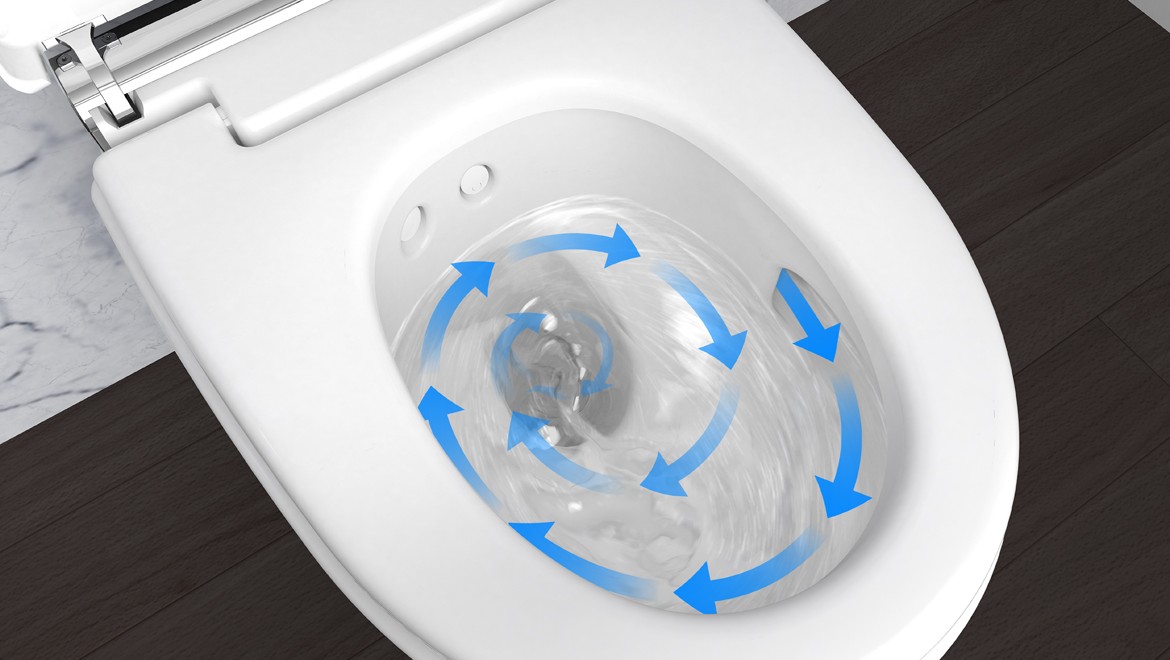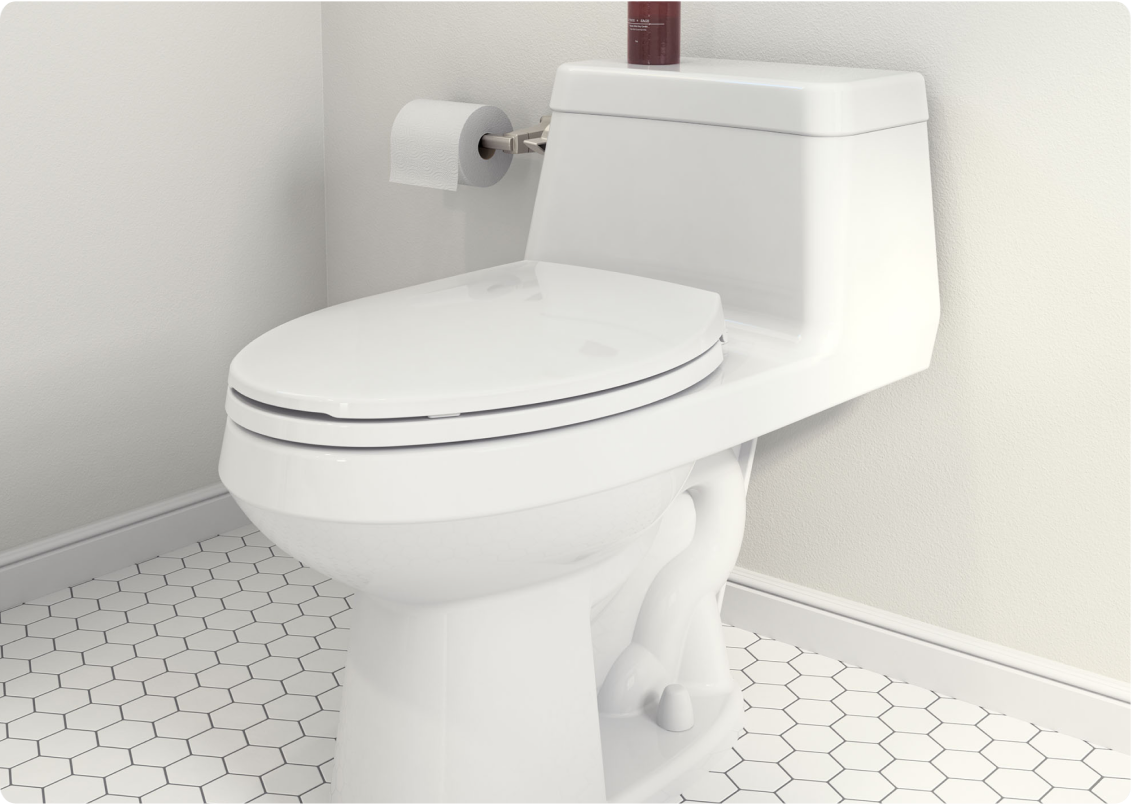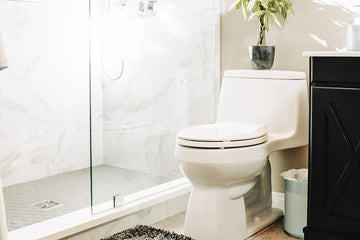Leaking toilets can lead to skyrocketing water bills and adverse effects on the environment. If you think your toilet may be leaking, it's essential to tackle the issue right away. Not only do leaks waste a significant amount of water, but they can also result in more serious plumbing complications if not addressed promptly. This article will walk you through a step-by-step guide on how to check your toilet for leaks so you can maintain your plumbing system efficiently.
For those in the industry, plumbing issues are a common challenge. Understanding how to detect and remedy leaks can save both time and resources. Let's delve into the details of identifying toilet leaks.

Why Leak Testing is Crucial
Testing your toilet for leaks is important for several reasons. For starters, it plays a vital role in water conservation. The EPA reports that a constantly running toilet can waste hundreds of gallons of water each day. Additionally, leak detection helps protect your plumbing system from potential damage. Unchecked leaks can lead to pipe corrosion and other plumbing challenges, resulting in expensive repairs.
Common Causes of Toilet Leaks
Before diving into how to check your toilet for leaks, it's beneficial to understand what often causes these leaks. Common culprits include degraded flapper valves, malfunctioning fill valves, and damaged tanks. Early identification of these issues can prevent further complications.
Your Step-by-Step Guide to Leak Testing
1. Start with a Visual Check
Begin by examining the area around the base of the toilet for any signs of water accumulation or moisture. Open the tank and inspect for visible cracks or worn components. A quick visual inspection may reveal obvious issues.
2. Use the Dye Test
The dye test is a simple yet effective method for locating leaks. Add a few drops of food coloring to the toilet tank and wait for about 15 minutes. If the color seeps into the bowl without a flush, a leak is present. This test is particularly useful for spotting flapper valve leaks.
3. Monitor Your Water Meter
Shut off all the water fixtures in your home and take a reading of your water meter. Leave the system untouched for about an hour, then check the meter again. A change in the reading indicates a leak somewhere in your plumbing.
Addressing Common Toilet Leaks
Once youve detected a leak, its time to fix it. It's essential for industry professionals to grasp some fundamental plumbing repair skills. Here are a few common solutions:
Replace the Flapper Valve
A worn flapper valve is often a primary reason for leaks. Replacing it with a new one is straightforward and can usually be done without expert assistance.
Adjust or Replace the Fill Valve
If the fill valve is malfunctioning, it may lead the tank to overflow. Adjust the valve to the proper water level or replace it if needed. This ensures adequate filling without any overflow.
Preventing Future Leaks
Regular maintenance is key to avoiding future leaks. Conduct routine inspections and replace any worn parts as necessary. Furthermore, consider upgrading to water-efficient toilet models that minimize the risk of leaks. For further insights, check out this guide on plumbing leak monitors.
Invest in Water-Saving Toilets
Choosing water-efficient toilets can greatly reduce water consumption and help prevent leaks. These toilets are specifically designed to use less water with each flush, making them an eco-conscious choice for todays households.
Conclusion
Being knowledgeable about how to check your toilet for leaks is essential for homeowners and professionals alike. By adhering to the steps highlighted in this article, you can keep your plumbing system functioning optimally and free from leaks. Remember, timely detection and repair of leaks not only conserve water but also minimize the risk of costly plumbing issues in the future.
For more in-depth tips on conservation and plumbing upkeep, explore this water conservation guide.

FAQ
Can a minor toilet leak cause serious damage?
Absolutely. Even small leaks can result in considerable water waste and potential damage to your plumbing system over time. It's important to address leaks as soon as they are identified.
How often should I inspect my toilet for leaks?
Its best to check your toilet for leaks every few months to ensure everything is functioning properly and to prevent minor issues from escalating into major repairs.
What tools will I need to repair a toilet leak?
Typically, basic tools like a wrench, screwdriver, and replacement items such as flapper valves or fill valves will suffice for fixing common toilet leaks.






